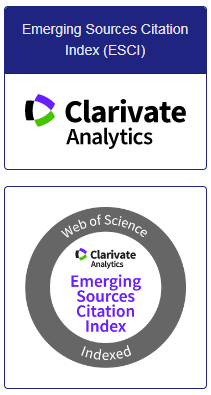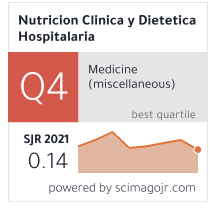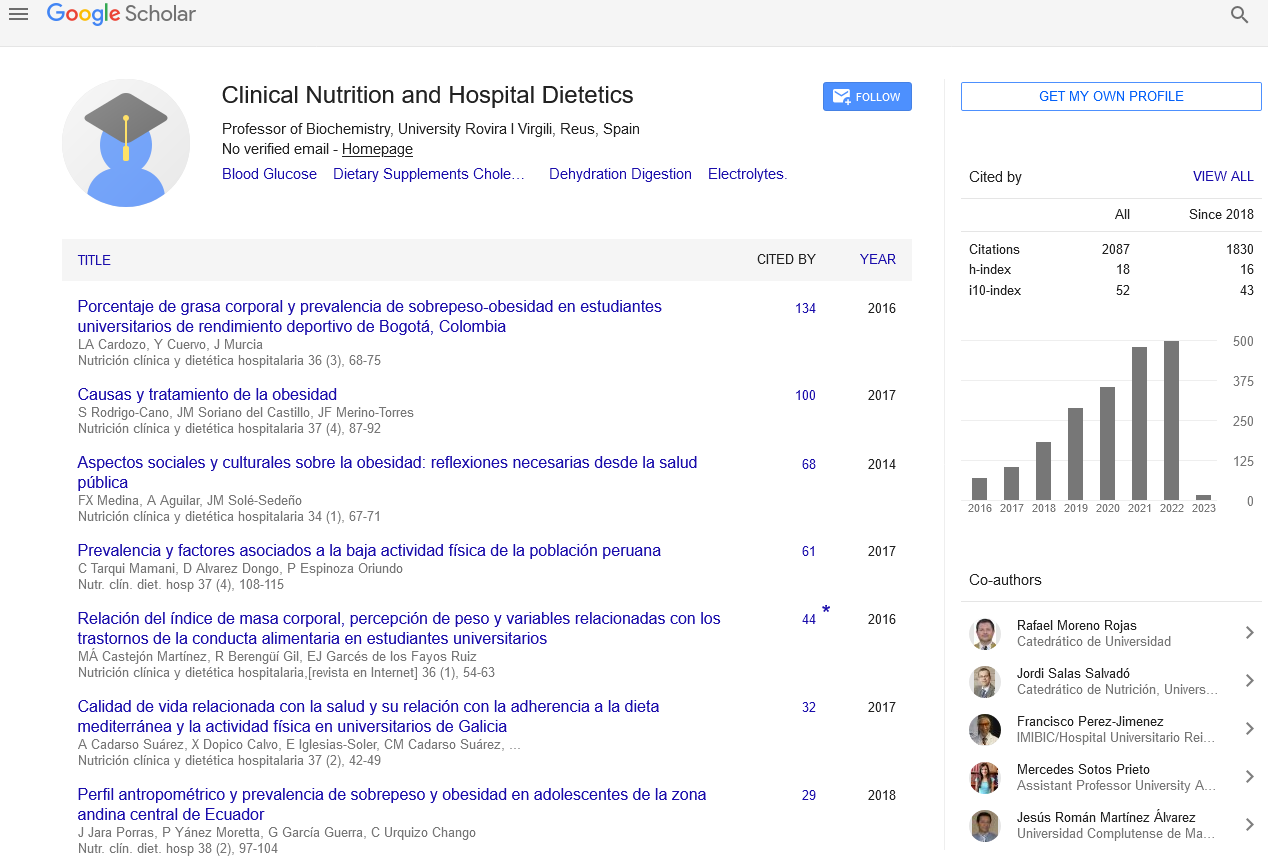Abstract
Agreement between growth curves in children and adolescents with cerebral paralysiss
Author(s): Leitão, Rebeca Carneiro de Figueiredo1; Cabral, Victória Lúcia Lorêdo2; Morai, Caroline Neves De Oliveira; Juliana, Machado Wanderley Corrêa2; Pereira, Danielle Eilane Silva Pereira2; Andrade, Elda Silva Augusto
Introduction: There are a number of factors that favor the development of nutritional disorders in children with cerebral palsy, such as motor disorders and swallowing disorders.
Objective: To compare the agreement of the nutritional status of children and adolescents with cerebral palsy through growth curves.
Methods: Cross-sectional study of 99 patients with cerebral palsy aged 2 to 19 years old, both genders, treated at the northeast referral center, from January 2015 to January 2017. Nutritional status was assessed according to anthropometric indicators: weight for age, body mass index for age and height for age both on the World Health Organization curve 2006/2007 and on cerebral palsy curves. Agreement was measured from the weighted kappa index, and a significance level of 5% was obtained.
Result: The kappa test showed significant disagreement between the indicators weight for age, body mass index for age and height for age with the following values: r = 0.008 (p = 0.001), r = 0.0038 (p = 0.001) and r = 0.028 (p = 0.001) respectively.
Discussion: The study showed that evaluation methods developed and approved based on healthy population parameters tend to label patients with cerebral palsy in nutritional deficits.
Conclusion: The study suggests that anthropometry and growth in children with cerebral palsy diverge from healthy children, overestimating malnutrition in individuals with cerebral palsy.
Google Scholar citation report
Citations : 2439
Clinical Nutrition and Hospital Dietetics received 2439 citations as per google scholar report
Indexed In
- Google Scholar
- Open J Gate
- Genamics JournalSeek
- Academic Keys
- JournalTOCs
- ResearchBible
- SCOPUS
- Ulrich's Periodicals Directory
- Access to Global Online Research in Agriculture (AGORA)
- Electronic Journals Library
- RefSeek
- Hamdard University
- EBSCO A-Z
- OCLC- WorldCat
- SWB online catalog
- Virtual Library of Biology (vifabio)
- Publons
- MIAR
- Geneva Foundation for Medical Education and Research
- Euro Pub
- Web of Science
Journal Highlights
- Blood Glucose
- Dietary Supplements
- Cholesterol, Dehydration
- Digestion
- Electrolytes
- Clinical Nutrition Studies
- energy balance
- Diet quality
- Clinical Nutrition and Hospital Dietetics




